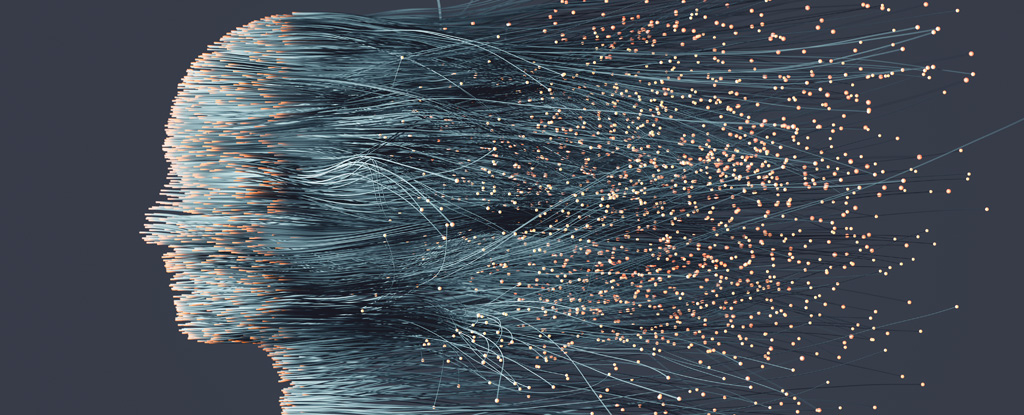In August 1955, a group of scholars applied for $13,500 in funding to host a summer workshop at Dartmouth College in New Hampshire. The field they proposed to explore was artificial intelligence (AI).
While the funding request was modest, the researchers’ guess was not: “Any aspect of learning or any other characteristic of intelligence can, in principle, be described in sufficient detail that a machine can be tricked into simulating it.”
From those humble beginnings, films and media have romanticized AI or portrayed it as a villain. However, for most people, AI has remained a point of discussion and not part of a consciously lived experience.
AI has arrived in our lives
late last month, AI, in the form of ChatGPTbroke away from the science fiction speculations and research labs and made its way to the desktops and phones of the general public.
It’s what’s called “generative AI” – suddenly a cleverly worded prompt can produce an essay, or compile a recipe and grocery list, or create an Elvis Presley-style poem.
While ChatGPT was the most dramatic participant in a year of generative AI success, similar systems have shown even greater potential for creating new content, using text-to-image prompts to create vivid images even won art competitions.
AI may not have a livelihood yet consciousness or a theory of mind popular in science fiction movies and novels, but it at least approximates what we think artificial intelligence systems can achieve.
Researchers working closely with these systems have fainted the prospect of sensation, as in the case of Google’s Large Language Model (LLM) LaMDA. An LLM is a model that has been trained to process and generate natural language.
Generative AI also has concerns about plagiarism, exploiting original content to create models, ethics of information manipulation and abuse of trust and even “the end of programming“.
The focus is on the question that has become increasingly urgent since the summer workshop in Dartmouth: Is AI different from human intelligence?
What does “AI” actually mean?
To qualify as an AI, a system must have some level of learning and adaptation. This is why decision systems, automation and statistics are not AI.
AI is broadly defined into two categories: artificial narrow intelligence (ANI) and artificial general intelligence (AGI). To date, AGI does not exist.
The key challenge in creating general AI is to adequately model the world with all knowledge in a consistent and useful way. This is a massive undertaking, to say the least.
Most of what we know today as AI has narrow intelligence – where a specific system addresses a specific problem. Unlike human intelligence, such narrow AI intelligence is only effective in the area in which it has been trained: fraud detection, facial recognition or social recommendations for example.
However, AGI would function like humans. Currently, the most notable example of trying to achieve this is the use of neural networks and “deep learning” trained on vast amounts of data.
Neural networks are inspired by how the human brain works. unlike most machine learning For models that perform calculations on the training data, neural networks work by feeding each data point individually through an interconnected network, adjusting the parameters each time.
As more and more data is passed through the network, the parameters stabilize; The end result is the “trained” neural network, which can then generate the desired output on new data – for example, detecting whether an image contains a cat or a dog.
The significant leap forward in today’s AI is fueled by technological improvements in the way we can train large neural networks, readjusting a large number of parameters on each run, thanks to the capabilities of large cloud computing infrastructures. For example, GPT-3 (the AI system that powers ChatGPT) is a large neural network with 175 billion parameters.
What does AI need to function?
AI needs three things to be successful.
First, it needs high-quality, unbiased data, and lots of it. Researchers who build neural networks use the large data sets that have been created as society has gone digital.
Co-Pilot, designed to support human programmers, pulls its data from billions of lines of code shared on GitHub. ChatGPT and other major language models use the billions of websites and text documents stored online.
Text-to-image tools such as Stable Diffusion, DALLE-2, and Midjourney use image-text pairs from datasets such as LAION-5B. AI models will continue to evolve in sophistication and impact as we digitize more of our lives and feed them with alternative data sources, such as: B. simulated data or data from game settings such as Minecraft.
AI also requires a computing infrastructure for effective training. As computers become more powerful, models that now require intensive effort and large calculations could be handled locally in the near future. For example, stable diffusion can already run on local computers instead of in cloud environments.
The third need for AI is improved models and algorithms. Data-driven systems continue to make rapid advances domain by domain once considered the domain of human knowledge.
However, as the world around us is constantly changing, AI systems need to be constantly retrained with new data. Without this crucial step, AI systems will provide answers that are factually incorrect or do not take into account new information that has emerged since the training.
Neural networks are not the only approach to AI. Another prominent camp in artificial intelligence research is symbolic AI – Instead of processing huge data sets, it relies on rules and knowledge, similar to the human process, to form internal symbolic representations of certain phenomena.
But the balance of power has shifted sharply towards data-driven approaches in the last decade with the “founding fathers” of modern deep learning was recently awarded the Turing Prizethe equivalent of the Nobel Prize in Computer Science.
Data, calculations and algorithms form the basis for the future of AI. All indications are that rapid progress will be made in all three categories in the foreseeable future.
George SiemensCo-Director, Professor, Center for Change and Complexity in Learning, University of South Australia
This article is republished by The conversation under a Creative Commons license. read this original article.





